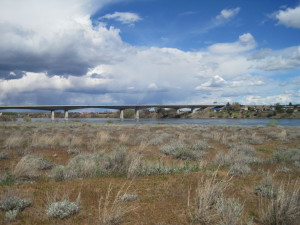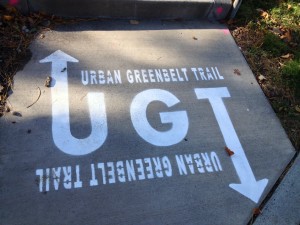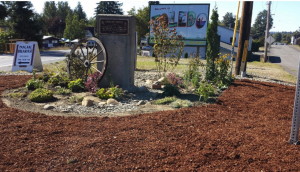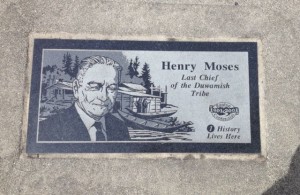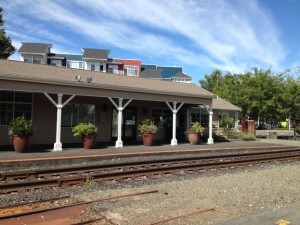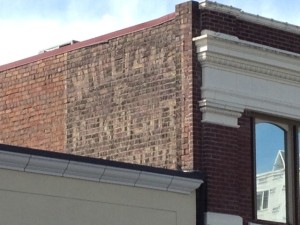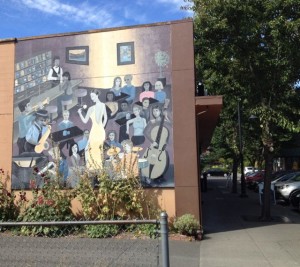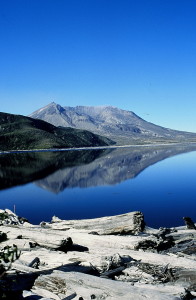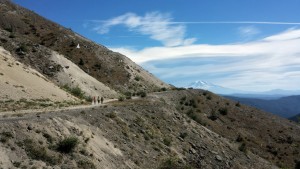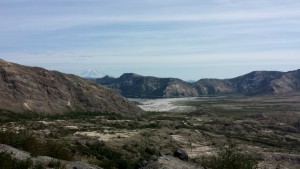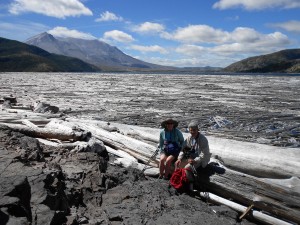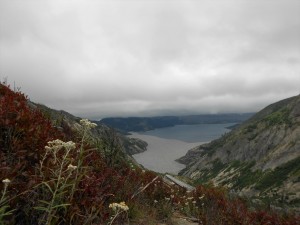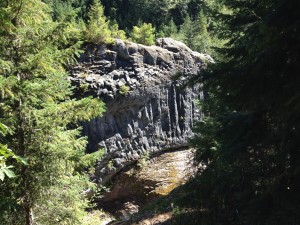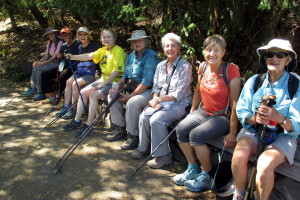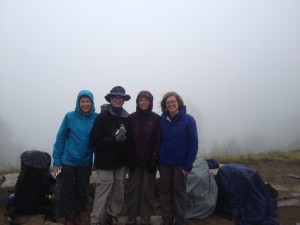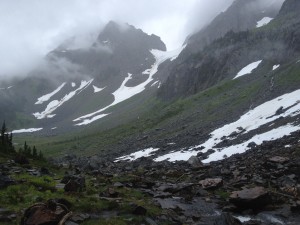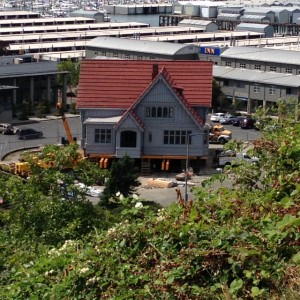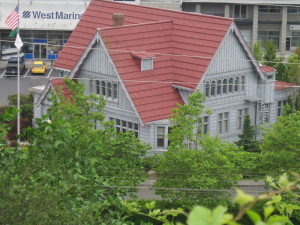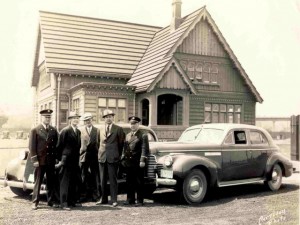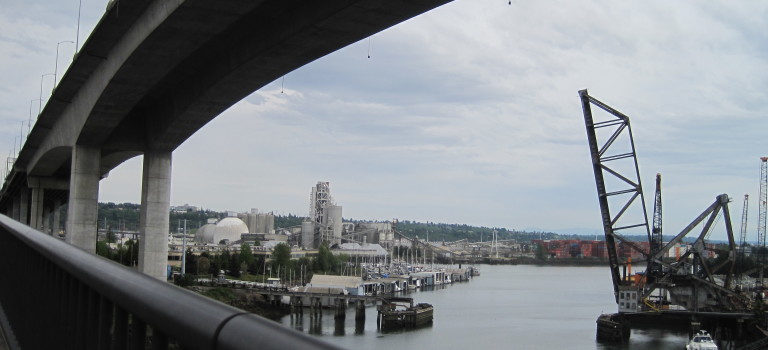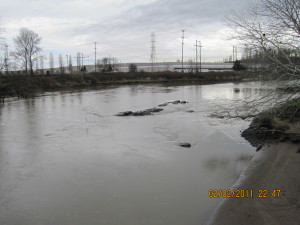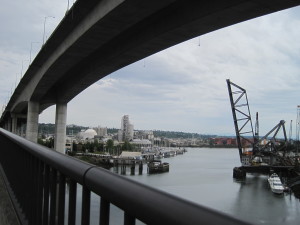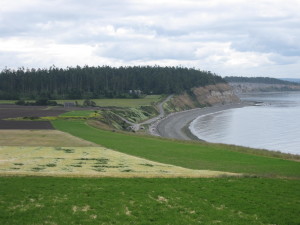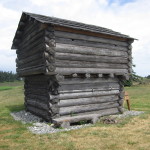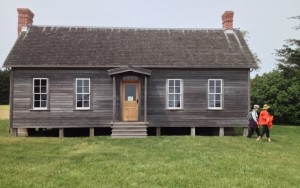Newport High School Orchestra Performs Free Boy: Secret Voyage
Tone Poem for Charles Mitchell’s Flight to Freedom on the West’s Underground Railroad
BELLEVUE, Wash. – Newport High School orchestra, the Newport Philharmonic, will be performing the world premiere of “Free Boy: Secret Voyage,” a piece commissioned by award-winning composer Tim Huling, at the All-Northwest Music Educators Conference, on Feb. 17 in Bellevue, WA.
The piece is inspired by the nonfiction book “Free Boy,” written by local authors Lorraine McConaghy and Judith M. Bentley, and was commissioned by the school with support from the Bellevue Schools Foundation and Newport’s PTSA. The book is about a thirteen-year-old boy who is born into slavery and escapes from the Washington territory to freedom in Canada by way of the West’s underground railroad.
Newport’s orchestra conductor, Christine Gero, decided to embark on this project as part of the school’s music history unit on contemporary music. The intent is to work with a living composer and create a piece of music with a Pacific Northwest hero as the inspiration for the work. Gero began the unit by asking how many students have lived somewhere other than Bellevue, and nearly the entire class raised their hands. Gero herself is also a transplant to the Pacific Northwest, so together she and her students are learning about the Pacific Northwest’s history through the book “Free Boy.”
“In some ways Bellevue is very global,” said Gero. “A lot of people in the community were not born here, so this has been such a great opportunity for us to learn about this place we live in and its history.”
Throughout the unit, students have met the authors, historians and even gave input to Huling on the composition of the piece.
“To actually see the students getting to interact with historians, authors and a composer and hear not just about the past, but how it plays into the present – and how they are able to take part in that to create something that is hopefully lasting and meaningful – I think that has been exciting for everyone involved,” said Gero.
For more information about the All-Northwest Conference: www.nafmenw.org
For more information or to schedule a visit to see the orchestra rehearse please contact Christina Wilner at (425) 456-4



